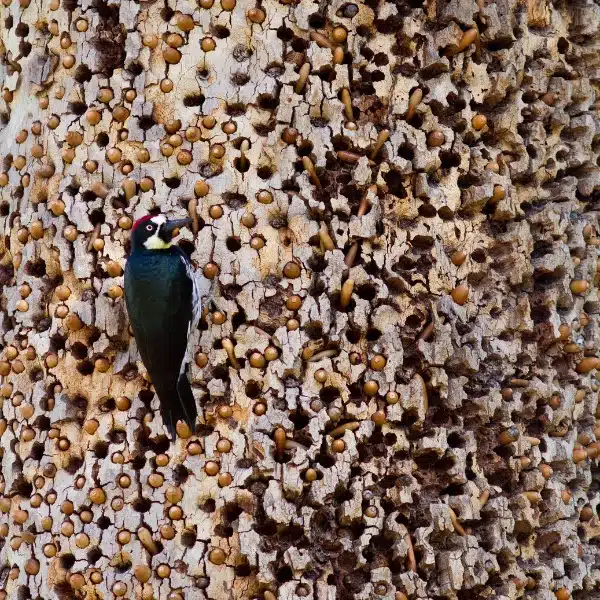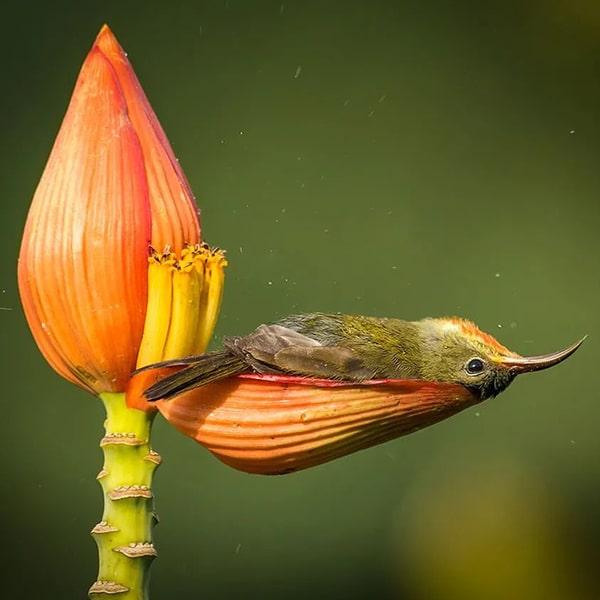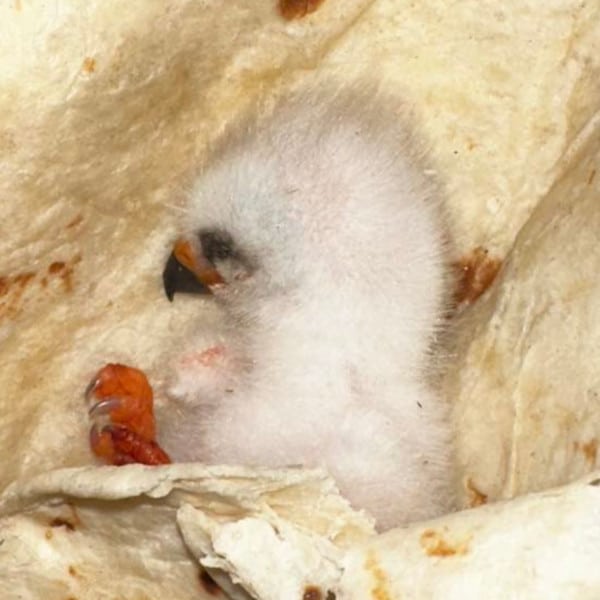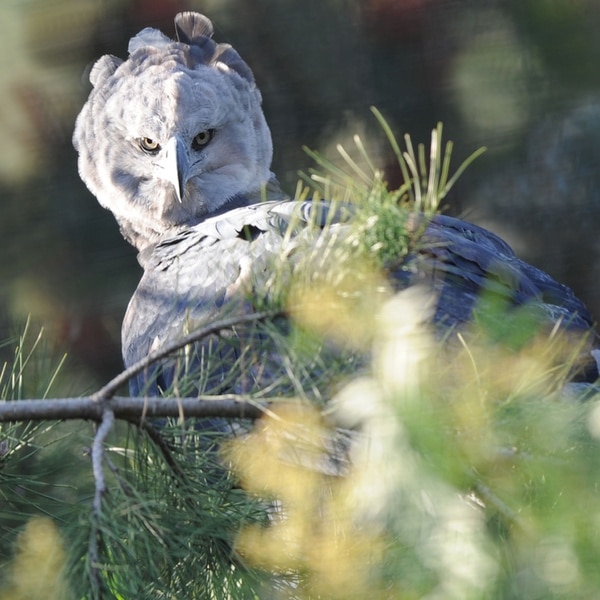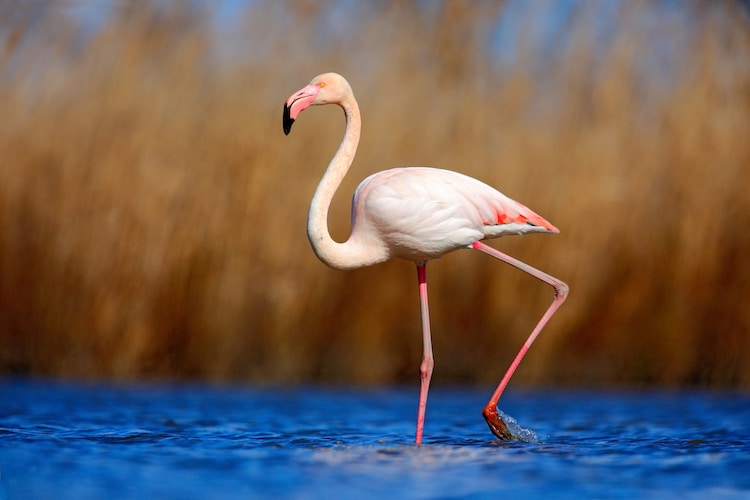
Photo: OndrejProsicky/Depositphotos
In a twist that sounds like a Disney movie come to life, an African flamingo that escaped from a Kansas zoo 17 years ago is still living its best life out in the wild. Last spotted in 2019, the flamingo—known as No. 492 for the number on its leg band—recently made an appearance again. A local fisherman and wildlife guide reported the sighting on the coast of Texas.
So how did an African flamingo end up in Texas? The story starts in 2003 when No. 492 and 39 of its companions were brought to the Sedgwick County Zoo in Wichita, Kansas from Tanzania. All went smoothly at the zoo until one windy day in 2005 when visitors noticed that two flamingos—No. 492 and No. 347—had gotten out of their enclosure. Since the flamingos had arrived at the zoo as adults, staff members did not clip their wings, as this was considered cruel. Instead, they'd maintained the birds' flightless status by giving their feathers a yearly trim. This kept them grounded and was as harmless as a haircut, explained the zoo's curator of birds in 2018.
However, as luck would have it—at least for the birds—the staff had missed the signals that No. 492 and No. 347 were due for their yearly trim. So, when they left the enclosure and the staff was unable to get close without spooking them, they literally flew the coop. They stayed close to the zoo for a week and then, on July 4, disappeared for good. They quickly separated, which is strange because flamingos typically like company. No. 347 headed north to Michigan and likely never survived the winter, as the bird was never seen again.
The flamingo is back! This #FlamingoFugitive escaped from a Kansas zoo in 2005 and has once again been spotted in #Texas
Photo courtesy John Humbert pic.twitter.com/Dv0EFQfDLL
— TX Parks & Wildlife (@TPWDnews) May 23, 2019
However, No. 492 found a more suitable environment in Texas and even hooked up with a Caribbean flamingo that was likely brought in by a storm. For many years, this duo made the rounds, though they haven't been spotted together since 2013. As for No. 492—who Texas officials nicknamed Pink Floyd—the bird keeps making an appearance every few years. Its last sighting was in 2019, also on the coast of Texas, though it's also popped up in Wisconsin and Louisiana over the years.
In 2007, zoo officials explained that they wouldn't be trying to recapture No. 492—whose sex is unknown as DNA testing had not been done at the time of its escape. A zoo spokesperson explained, “There really isn’t an easy way to recapture the bird. It would only disturb wildlife where it’s been found and possibly could do more damage to the bird than just leaving him alone.”
And so, No. 492 continues to live a life of freedom and could do so for many years to come. In the wild, flamingos can live for up to 40 years. Here's hoping that the flamingo enjoys its spring in Texas and continues to thrive.
Seventeen years after escaping a Kansas zoo, this African flamingo was spotted in Texas.
Pink Floyd has returned from the dark side of the moon.
The flamingo escaped from a Kansas zoo in 2005 and is often spotted on the #TexasCoast.
📷David Foreman@TPWDfish pic.twitter.com/cjrevByDhm
— TX Parks & Wildlife (@TPWDnews) March 28, 2022
h/t: [People]
Related Articles:
Kansas City Zoo Takes Penguins on a Field Trip to Visit a Local Art Museum
Supermarket Adopts All Penguins From a Struggling Zoo to Help Save Them
Zoo Gorilla Brings Her Baby Over To Meet Mom and Newborn on Other Side of Glass
Orangutan Tries on Sunglasses After Tourist Accidentally Drops Them in Zoo Enclosure












































































